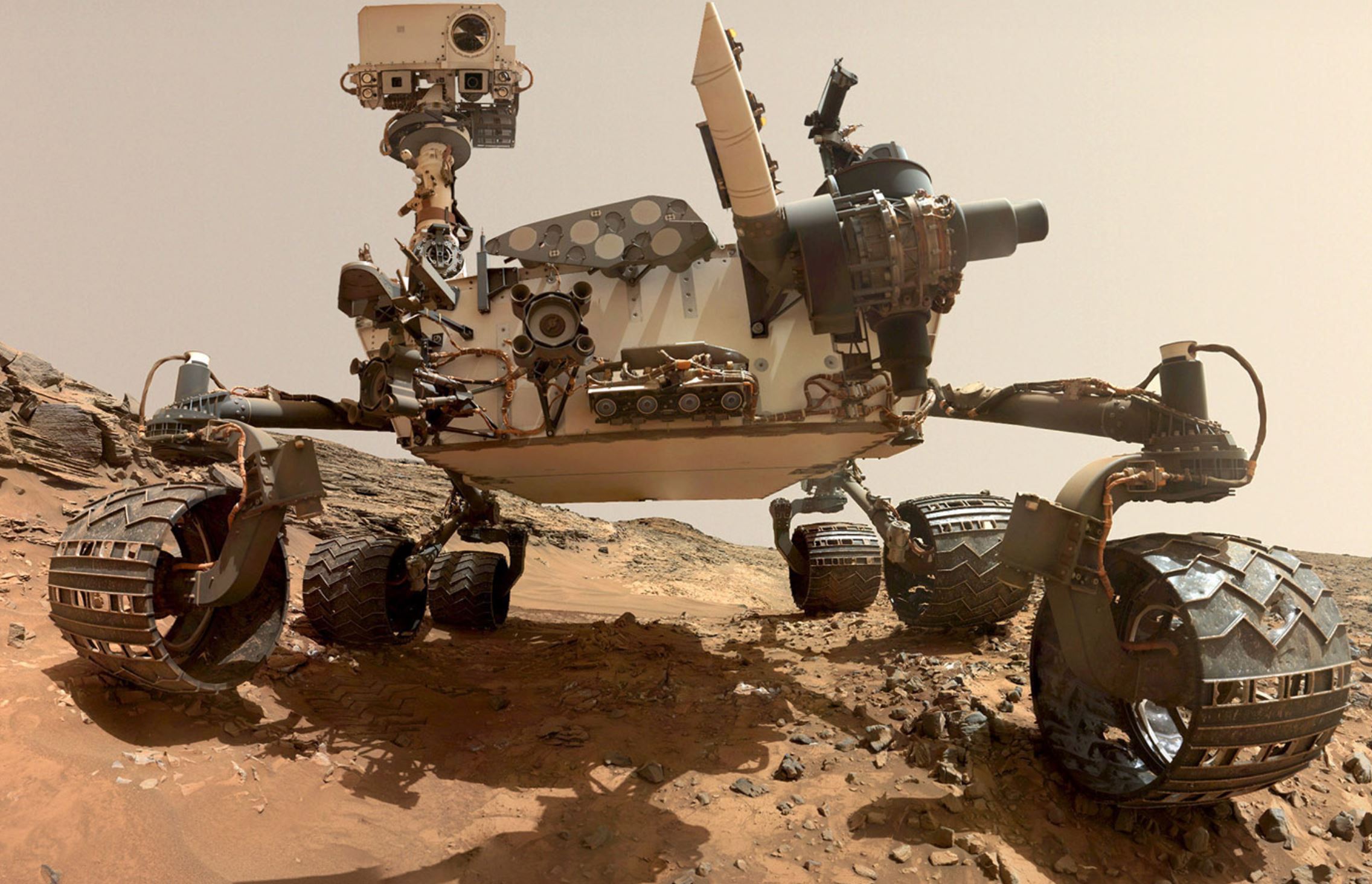IoT Sensors & Actuators for Efficiency | OneSense

The Role of Sensors and Actuators in IoT Systems
In IoT ecosystems, sensors and actuators form the backbone of intelligent automation and data-driven decision-making.
Edge Computing and IoT Data Processing
Traditionally, IoT sensors collect data—such as temperature variations, gas presence, or location changes—and transmit it via sensor hubs or IoT gateways to the cloud or a data center. However, with the shift toward edge computing, an increasing share of IoT data processing, preparation, and analysis now occurs closer to the devices, within IoT gateways or localized platforms. This enhances efficiency, responsiveness, and security, reducing latency and dependency on centralized cloud services.
Actuators: Enabling Autonomous Action
Actuators function as the counterpart to sensors, responding to signals or state changes to trigger physical operations. In non-IoT environments, this can be a manual action, but in cyber-physical systems, actuators enable autonomous and semi-autonomous responses. Examples include:
- Environmental control—activating sprinklers when detecting heat or shutting down ventilation upon gas presence.
- Industrial automation—triggering robotic movements, vibration adjustments, or precision corrections.
- Infrastructure management—adjusting smart grids, lighting systems, or traffic controls based on real-time data inputs.
Feedback and Continuous Optimization
IoT actuators operate via digital control systems, where received instructions are converted into mechanical, electrical, or kinetic actions—whether activating switches, rotating machinery, or applying pressure. Many actuators relay data back post-execution, enabling additional insights, system analysis, and further optimizations.
The Power of Integrated IoT Intelligence
The convergence of smart sensors and actuators is what allows IoT to deliver real-world applications—enhancing automation, improving efficiency, and enabling intelligent, scalable solutions across industries.
